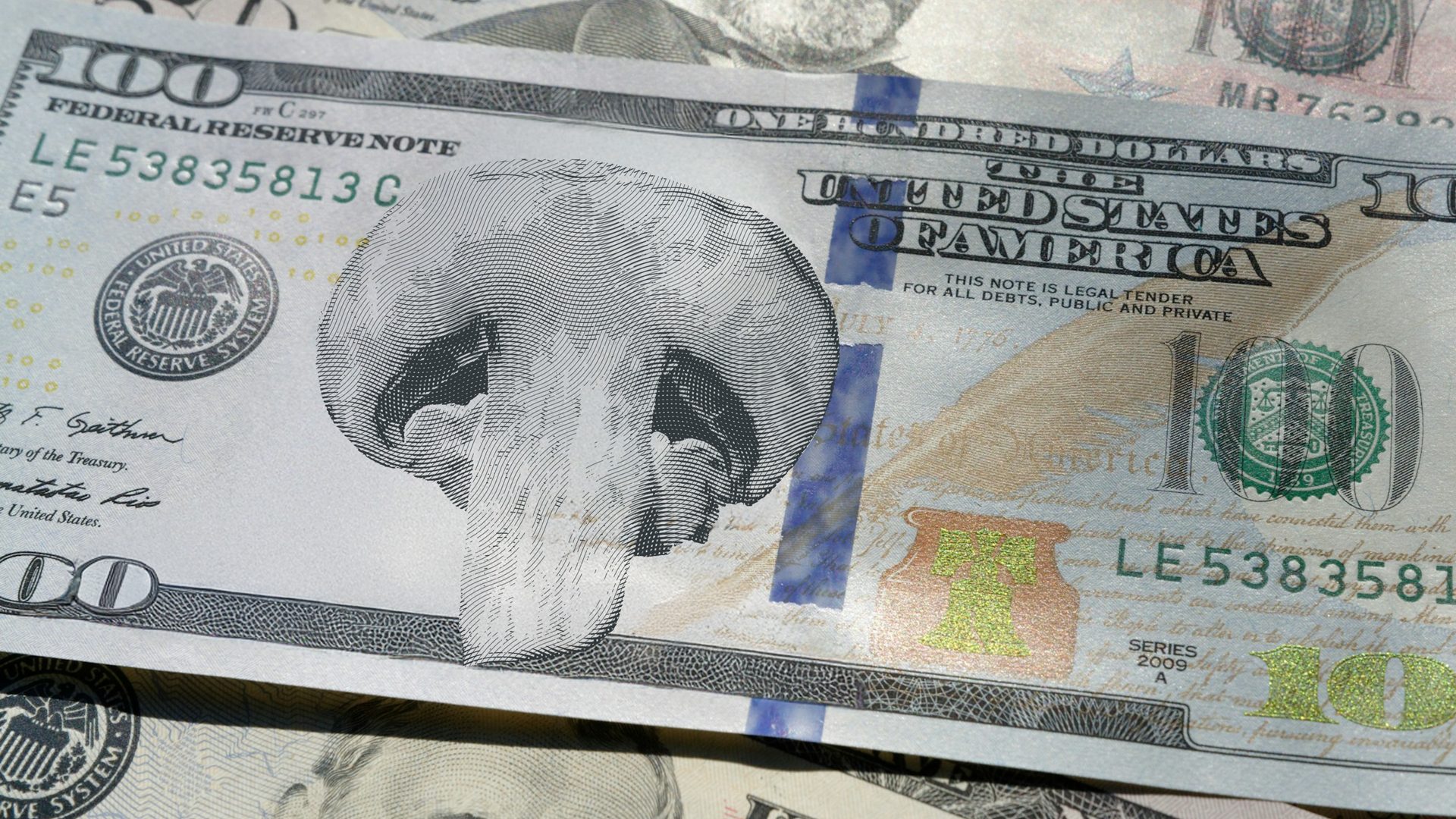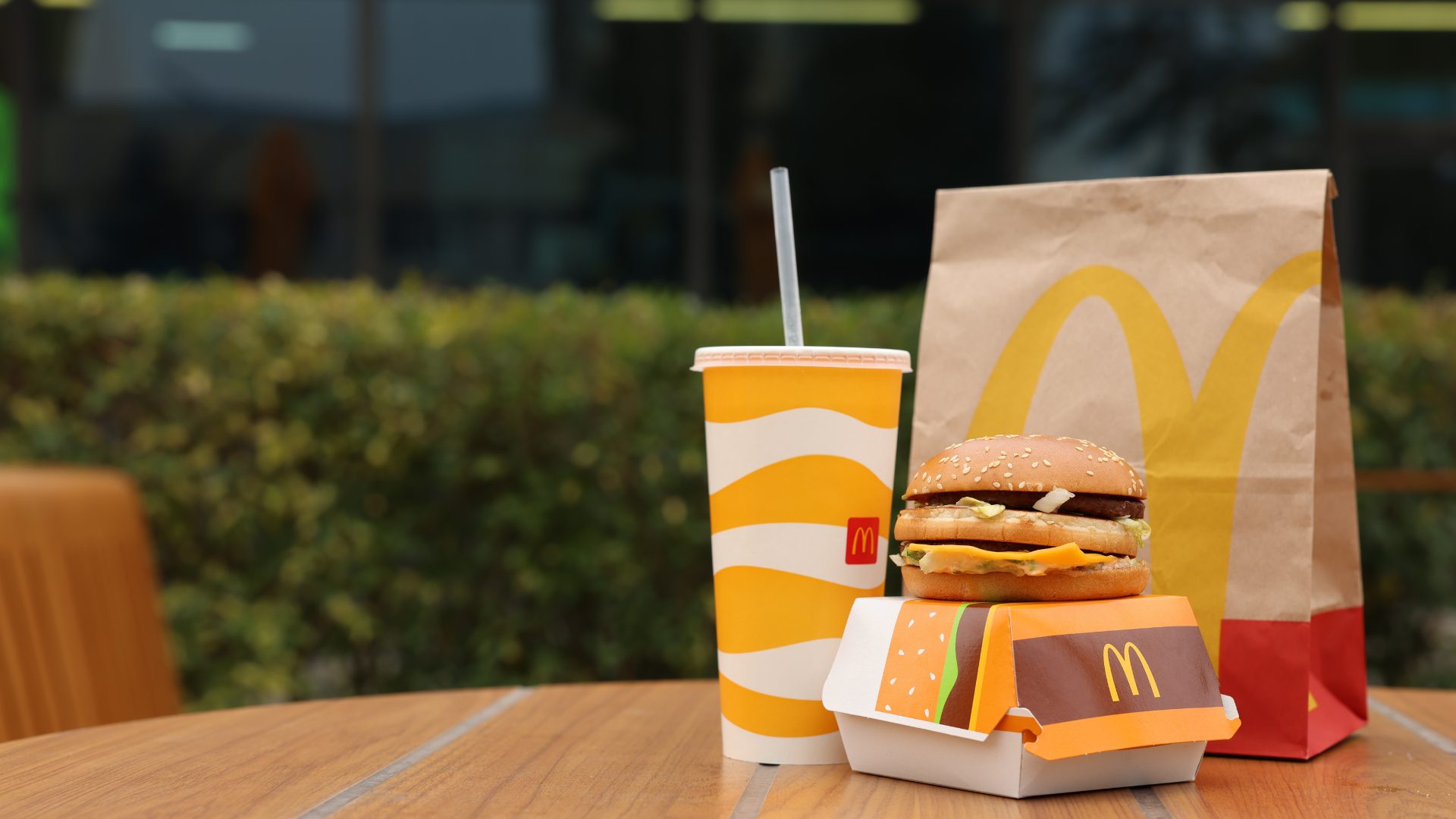Despite record price increases diminishing in foodbev, many consumers are fed up, spending less, and reducing their discretionary budgets to account for what looks like another expensive summer for the average Joes and Janes out there. The brief euphoria after a good Memorial Day sale in grocery and retail has given way, for many people, to the general malaise that there simply will not be much relief at least until this fall and more likely into 2025. The Federal Reserve likely isn’t going to cut interest rates; manufacturers and food producers aren’t going to lower prices to curry favor with Santa Claus.
The most recent rising trend in retail is lowering one’s expectations of retail. Since 1999, the Axios Harris Poll 100 has helped measure what real people think about companies in the cultural conversation right now, from Nvidia – which tops the poll with a score of 81.2 out of 100 – to The Trump Organization, which takes the bottom spot with a score of 54. In between are many bellwethers of the economy, including 3M (no. 2), Costco (no. 11), and Ford Motor Company (no. 55), say – companies whose products and services help define contemporary life in America and serves as economic indicators of growth within their respective categories (hospitality, foodservice, travel, etc.). Over 16,000 Americans are polled every year; this year’s poll took place from March 6th to March 18th, several weeks before the latest quarterly results were delivered.
This year, clothing companies tended to fall the worst, followed closely by QSRs, big box stores, and grocers, in that order. The full Axios Harris poll results are here.
Costco, Trader Joe’s, and Aldi Rank High
Of course, many retailers offer all of those categories, including on-site foodservice, shelf-stable and frozen foods, produce, and products, and certainly clothing and apparel. Costco did well and ranks no. 11 overall with a score of 78.8; down 9 from last year’s no. 2 ranking, but easily pacing the super retailer group. Costco scored particularly high in culture and growth categories, indicative of its quarterly results and decision to keep its iconic $1.50 quarter-pound all-beef hot dog and soda combo intact. Costco consumers, eat up.
Trader Joe’s and Aldi almost broke the top 10 at no. 12 and no. 13, respectively, but the real tale lies in the movement from the previous poll; Trader Joe’s dropped from no. 4 to 13 while Aldi rose from no. 33 to no. 14, reflecting the massive consumer switch to private label amid trying times.
Aldi scored particularly high in the trust, vision, and growth categories, further reinforcing its recent commitment to keep costs low amid an ambitious growth strategy; in early March, the value retailer announced plans to open an additional 800 stores by 2028. A few weeks later, Aldi announced its new membership program and secured over 330 million members on day one, and then doubled down on summer savings by committing to another $100 million worth of summer savings by lowering prices on over 250 common products.
For its part, The Kroger Company ranked no. 29, falling just two spots from the year before amid a failed merger and divestiture of several hundred banner stores this spring.
Target and Walmart Net Middling Scores
In big-box retail, Target and Walmart continue to compete for consumers’ bucks amid a tough market for grocery and e-commerce. Target dropped to no. 59 (down six from last year) while Walmart ranked 79, up just one from the year prior.
Last summer, Target inadvertently entered the culture wars after a robust offering of PRIDE-themed merchandise. This year, before announcing its most recent (and disastrous) quarterly results of a 3.7% same-store sales decline, Target announced it would lower the cost of over 5,000 favorite food, beverage, and household items to collectively save guests “millions of dollars this summer” as the lines continue to blur between a stereotypical Walmart and Target customer.
For its part, Walmart announced the launch of another private-label brand – Bettergoods – which many believe is a direct shot at Target’s nearly $4 billion Good & Gather private-label grocery brand.
“Coming out of the pandemic, Walmart has consistently outperformed Target as consumers continue to struggle with inflation,” said Toopan Bagchi to The Minneapolis Star-Tribune. Bagchi is founder and managing director of Twin Cities retail consultancy Starship Advisors.
“Especially troubling for Target is Walmart’s recent share gain in higher-margin merchandise from higher-income shoppers,” he added.
The Axios poll indicated that although consumers like where Target is going with a 75.1 rating in Trajectory, its Citizenship score of 69.4 indicates dwindling foot traffic and market share.
Take a guess where those consumers may be heading.
Fast Food, Poor Sales and Slow Growth – QSRs Suffer
Man, food is expensive.
That notion, more than any other, is really reflected in the Harris Poll. Here’s a list of quickfire brands familiar to any consumer from coast to coast, along with their current ranking in black and change from last year in green (up!) or red (down, of course):
- Burger King – 67 (-3)
- Wendy’s – 70 (-6)
- Pizza Hut – 71 (71)
- Subway – 74 (+12)
- Chipotle – 75 (-16)
- Taco Bell – 76 (-3)
- Starbucks – 77 (-29)
- McDonald’s – 82 (-10)
Woof. Save for Subway and Pizza Hut, consumers are less trustful, less optimistic, and less certain of the trajectories of many QSRs, from coffee titans in the morning to afternoon avocado warriors to late-night munchie runs.
As May flowers turn to June value meals, it’s anyone’s guess how summer spending will impact whether or not the Federal Reserve will adjust interest rates; whether or not many retailers’ new loyalty programs will be good enough to actually foster consumer loyalty and sales; or whether or not anyone will actually be able to rise out of the summer swelter in the value wars.
This summer is the 40th anniversary of Footloose and Bonnie Tyler’s “I Need A Hero.” How long consumers hold out for one – a brand, a service, a simple deal at the drive-thru window – amid a wild economy will certainly keep operators on their toes.
The Food Institute Podcast
How are foodservice consumers contending with persistent inflation? Are they eating more at home, for example, or continuing to treat themselves at their favorite restaurants? The latest episode of The Food Institute Podcast examines that topic with Krystle Mobayeni of BentoBox, who dissected rapidly evolving consumer dining dynamics.











